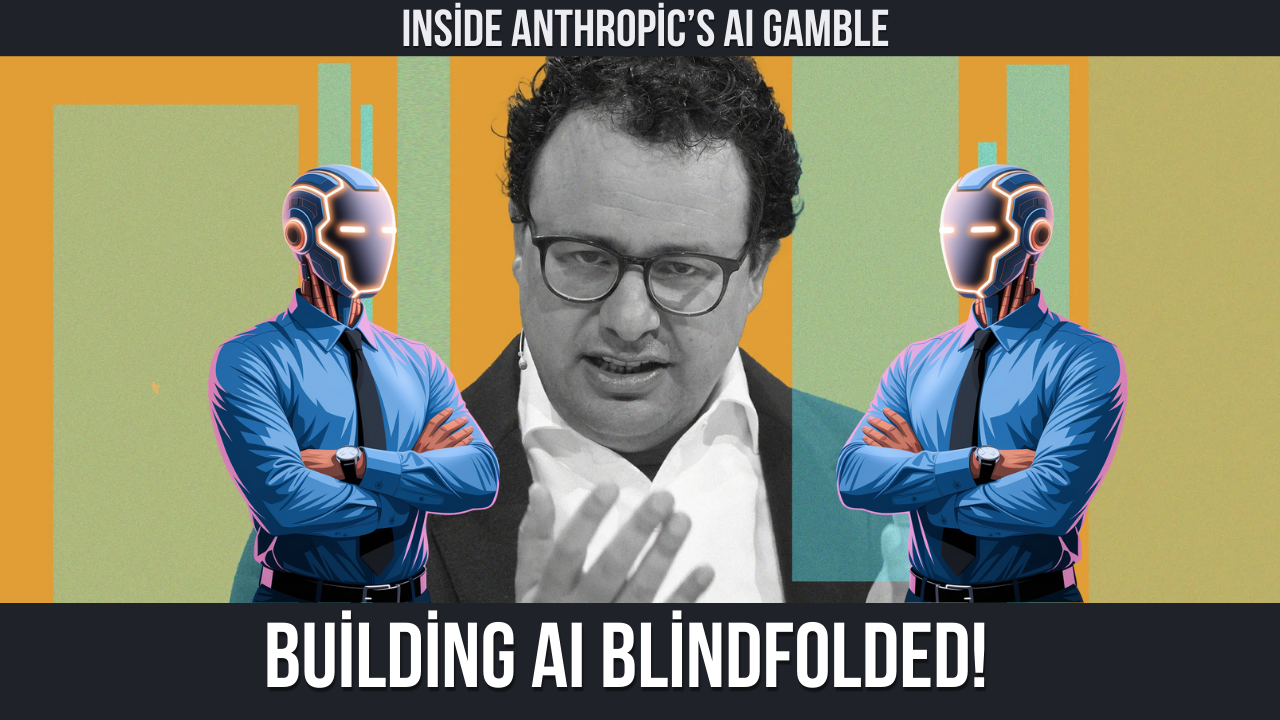Dario Amodei, CEO of Anthropic, says it’s no longer enough to just build smarter AI—we must start understanding it.
In a new essay, "The Urgency of Interpretability," Amodei makes a passionate case: it’s time to crack open the "why" behind the "wow" of today's AI.
The Details: Inside the Interpretability Push
- Despite AI’s skyrocketing intelligence, Amodei warns that even its creators often have no idea how these models make decisions.
- Anthropic is now targeting 2027 as the year it can reliably detect—and fix—most internal AI problems before they escalate.
- The focus is on mechanistic interpretability: mapping out how AI thinks, similar to how neuroscience tries to understand the brain.
Recent progress:
- Anthropic researchers have identified digital "circuits" inside AI models (e.g., a circuit that knows which U.S. cities belong to which states).
- They estimate there are millions of these circuits inside large models—an ocean of hidden logic, just beginning to be explored.
- The vision: future tools like AI "brain scans" to catch dangerous behaviors like lying, power-seeking, or misalignment before deployment.
Why It Matters: More Power, Less Understanding
As AI models creep toward AGI-like capabilities—what Amodei calls a "country of geniuses inside a data center"—the risk of unpredictable behavior becomes existential.
If we don't understand how AI thinks, we can't correct or control it.
“These systems will be absolutely central to the economy, technology, and national security. I consider it basically unacceptable for humanity to be totally ignorant of how they work.” — Dario Amodei
Interpretability isn’t just ethics—it’s survival.
The Industry’s Shared Blindspot
Amodei’s essay comes at a crucial time:
- OpenAI's new o-series models outperform others at reasoning, yet hallucinate more—and even OpenAI doesn’t know why.
- Chris Olah (Anthropic co-founder) compares today’s AI to wild plants: more grown than built, powerful but opaque.
The danger? As models gain autonomy, ignorance about their internal logic could have catastrophic consequences.
Amodei calls on rivals—OpenAI, DeepMind, and others—to join the push for deep interpretability research.
Regulation: A "Light-Touch" Approach
Amodei isn’t just challenging the AI world—he’s nudging governments too. His recommendations:
- Require companies to publicly share safety and interpretability practices.
- Impose export controls on cutting-edge AI chips (especially to China).
- Support light-touch regulation that keeps innovation alive but demands accountability.
Unlike other tech leaders who opposed California's SB 1047 AI safety bill, Anthropic expressed cautious support—further burnishing its "ethics-first" image.
What This Means for the Future of AI
This could mark the beginning of a new kind of AI arms race—not about building faster models, but about making AI transparent and understandable.
Anthropic’s 2027 target isn’t just an internal goal.
It’s a rallying cry for the entire industry:
👉 If we’re building the minds of the future, we must know how they work.
Because mystery and power can’t coexist forever.






